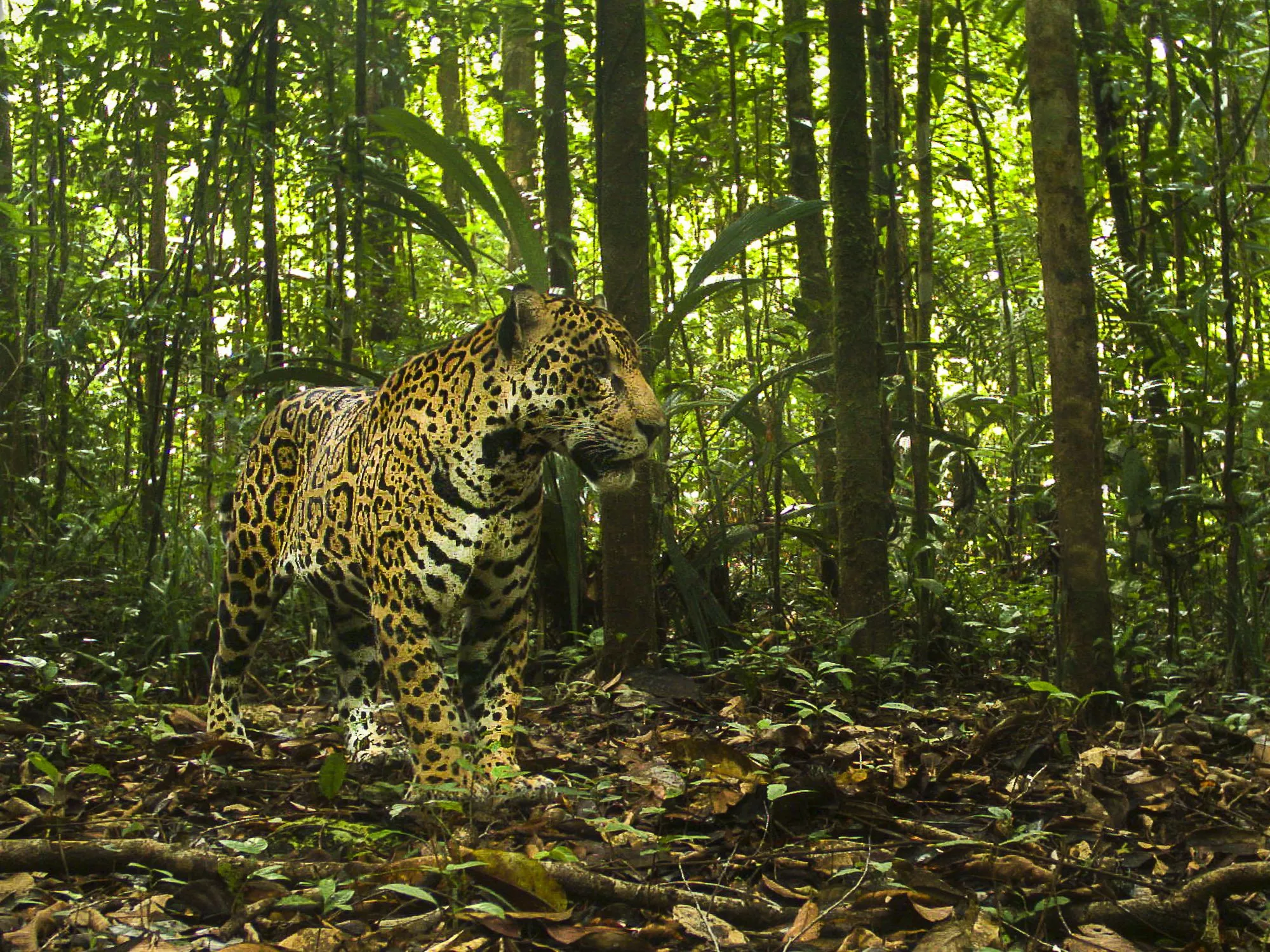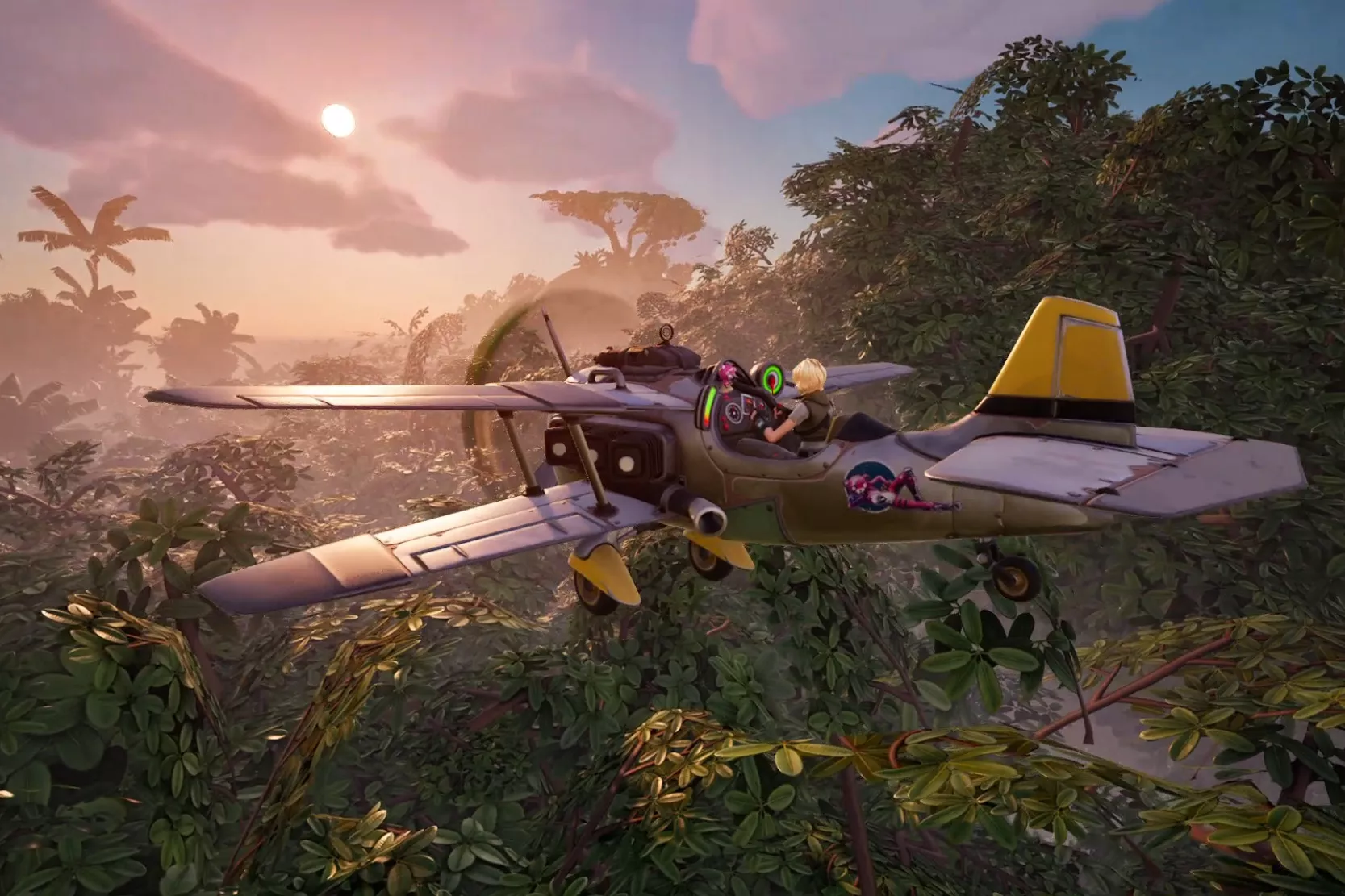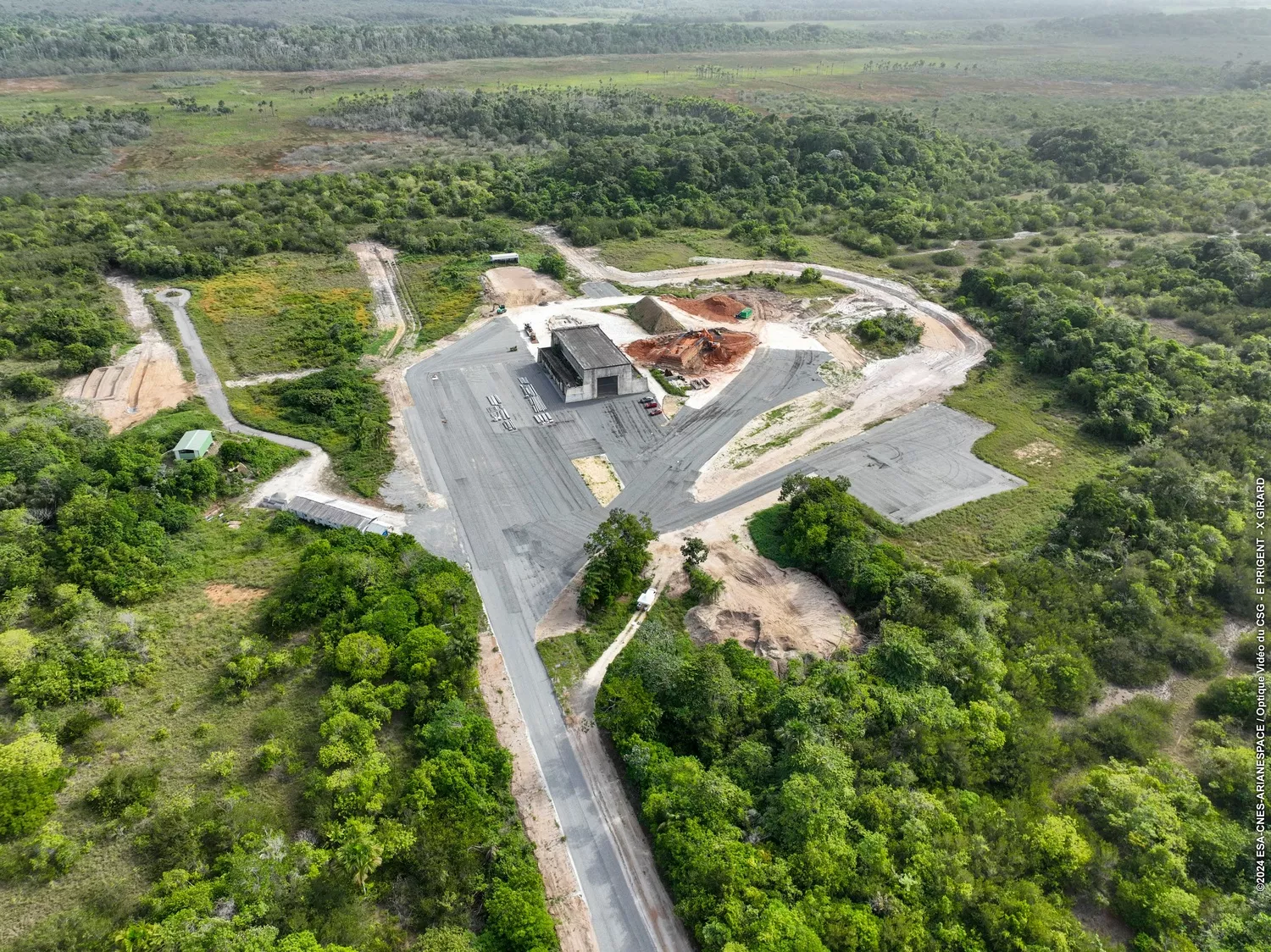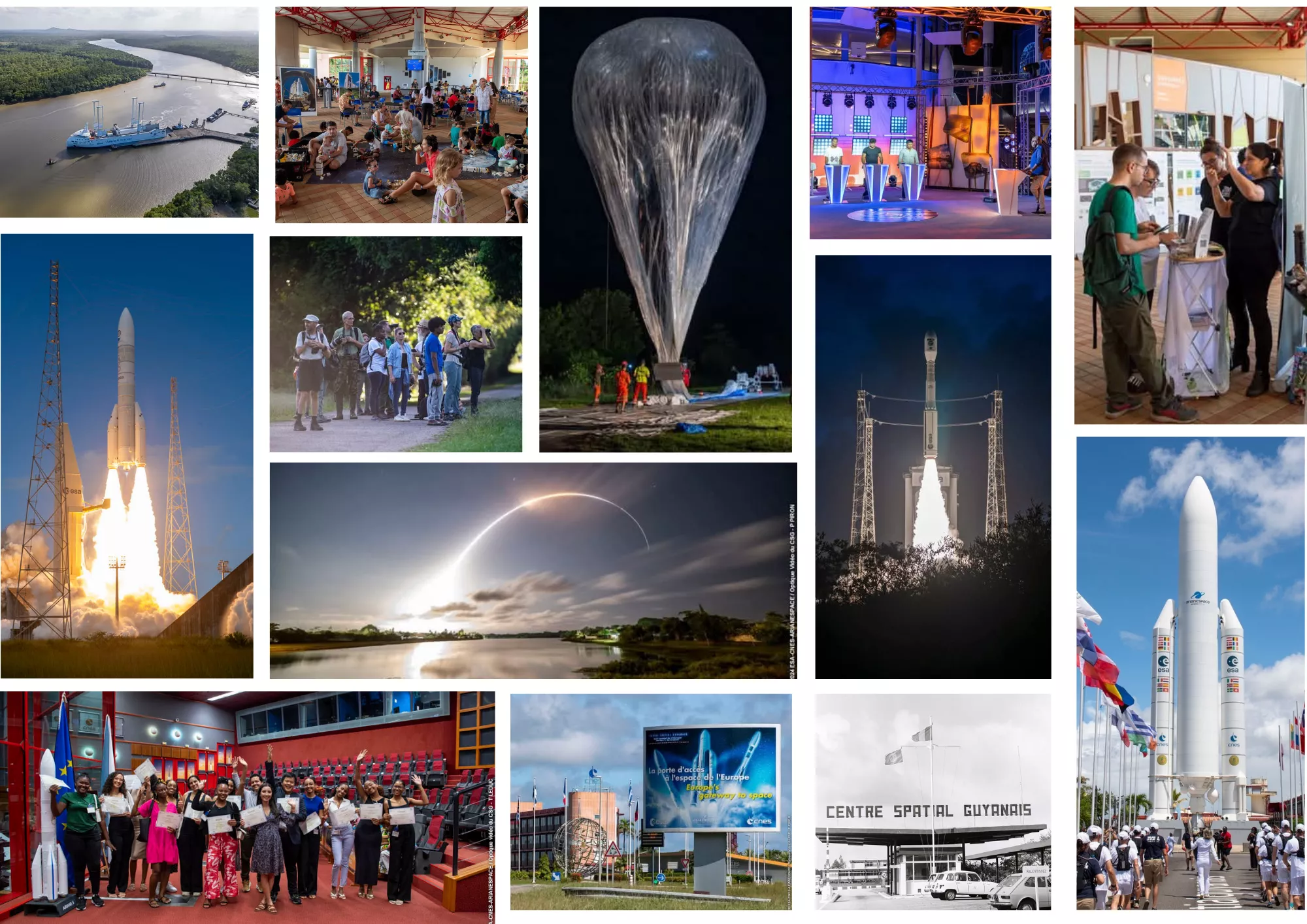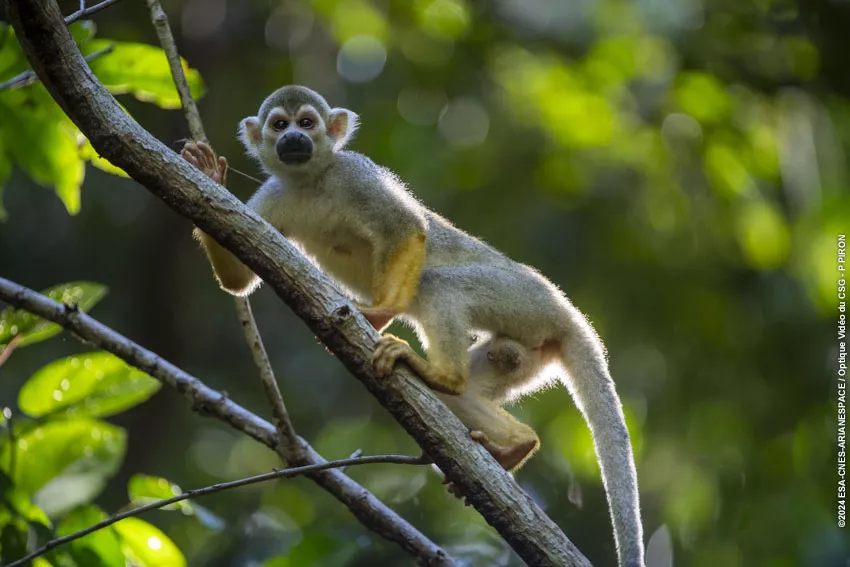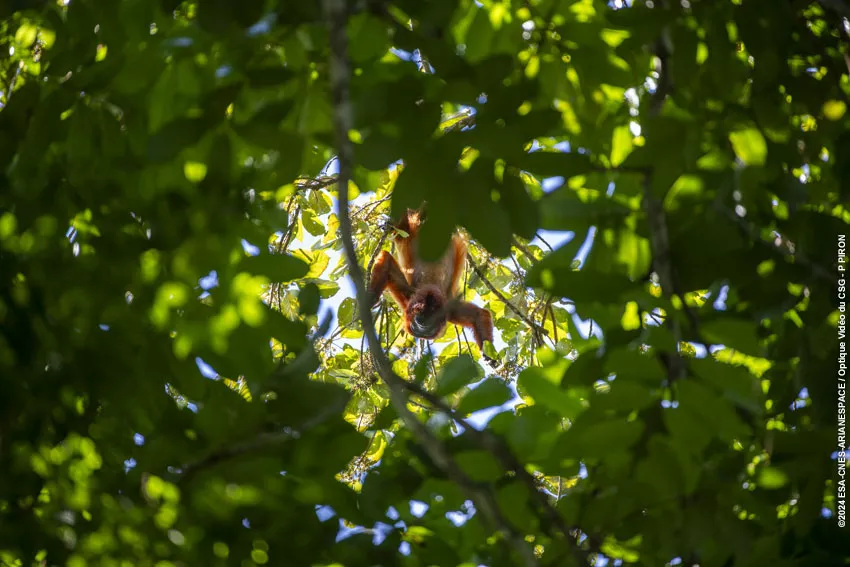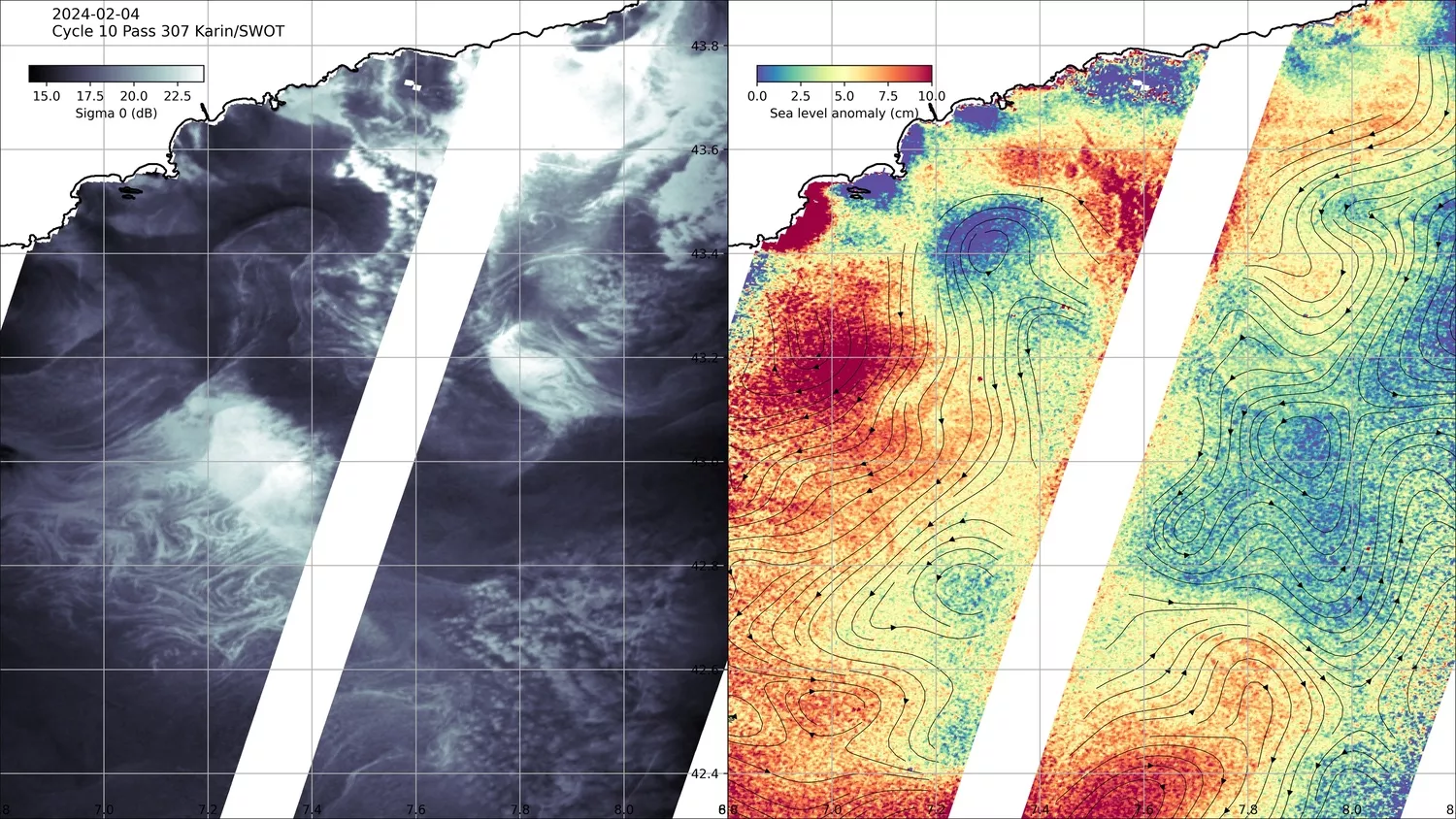Wildlife: 10 years of studies at Europe’s spaceport
Since 2013, agreements to study the site of Europe’s spaceport have been signed between CNES and the French biodiversity agency (OFB). OFB’s experts and their specialist colleagues are closely analysing the exceptional wildlife of this unique area in French Guiana.
Update on ten years of research.
“The 660 km2 of forest around Europe’s spaceport is a baseline for us in terms of coastal forest not subject to hunting pressure. It’s unique in French Guiana,” states Cécile Richard-Hansen, expert in French Guiana’s wildlife at the Department for research and scientific support (DRAS). And she certainly knows her field inside out, having studied the wildlife of French Guiana as a whole for over 30 years.
“In 2012, Europe’s spaceport approached one of the forerunners of the French biodiversity agency (OFB), the National hunting and wildlife agency, to find out more about the animals in its area, as CNES is responsible for environmental protection at the site,” explains Cécile Richard-Hansen.
“So we set up a team in partnership with DRAS, for the pure research aspect, and we signed the first in a long series of three-year agreements.”
A very enlightening census
“A lot of work has been done. First of all, we had to make an inventory of the species. By the end of this first full-scale exercise, we were very pleasantly surprised”, recalls Cécile Richard-Hansen.
“Both in terms of the diversity of the species and the number of animals found for each of them. More than fifty species of vertebrates were inventoried using automatic camera traps or direct counting. Almost all of French Guiana’s large animals are represented on the site. Virtually all the carnivore species (puma, jaguar, jaguarundi, ocelot, margay cat), five of the seven primate species potentially present in the area, and the entire ungulate* community can be found here. The camera traps set up in the area captured images of 22 species, from the puma to the tapir, from the red brocket deer to the white-lipped peccary. ”
* Animals with a horny covering on the end of the foot (hooves).
To supplement the recorded data, the team also embarked on a process called KAI (kilometric abundance index). This approach makes it possible to analyse the abundance of the most common species. To carry out this and other major field projects, the OFB team relies on colleagues from the various research laboratories based at the EcoFoG joint research unit in Kourou: the universities of French Guiana, the West Indies and Montpellier, as well as AgroParisTech, INRA, CNRS, etc., and their ONF colleagues.
21 species were taken into account in this KAI calculation. A new count was carried out at the end of 2022 and the results should be in shortly.
“In an area protected from human activity, there is no point in carrying out KAIs too often,” explains Stéphanie Barthe, Head of the Technical knowledge unit at the Overseas directorate (DOM). “In this particular case, the data needs to be studied over the long term. We probably won’t learn much more from measuring this KAI, but it will be useful for our future work. What’s more, this is a codified analysis used in all French nature reserves. Once again, we serve as a baseline zone”.
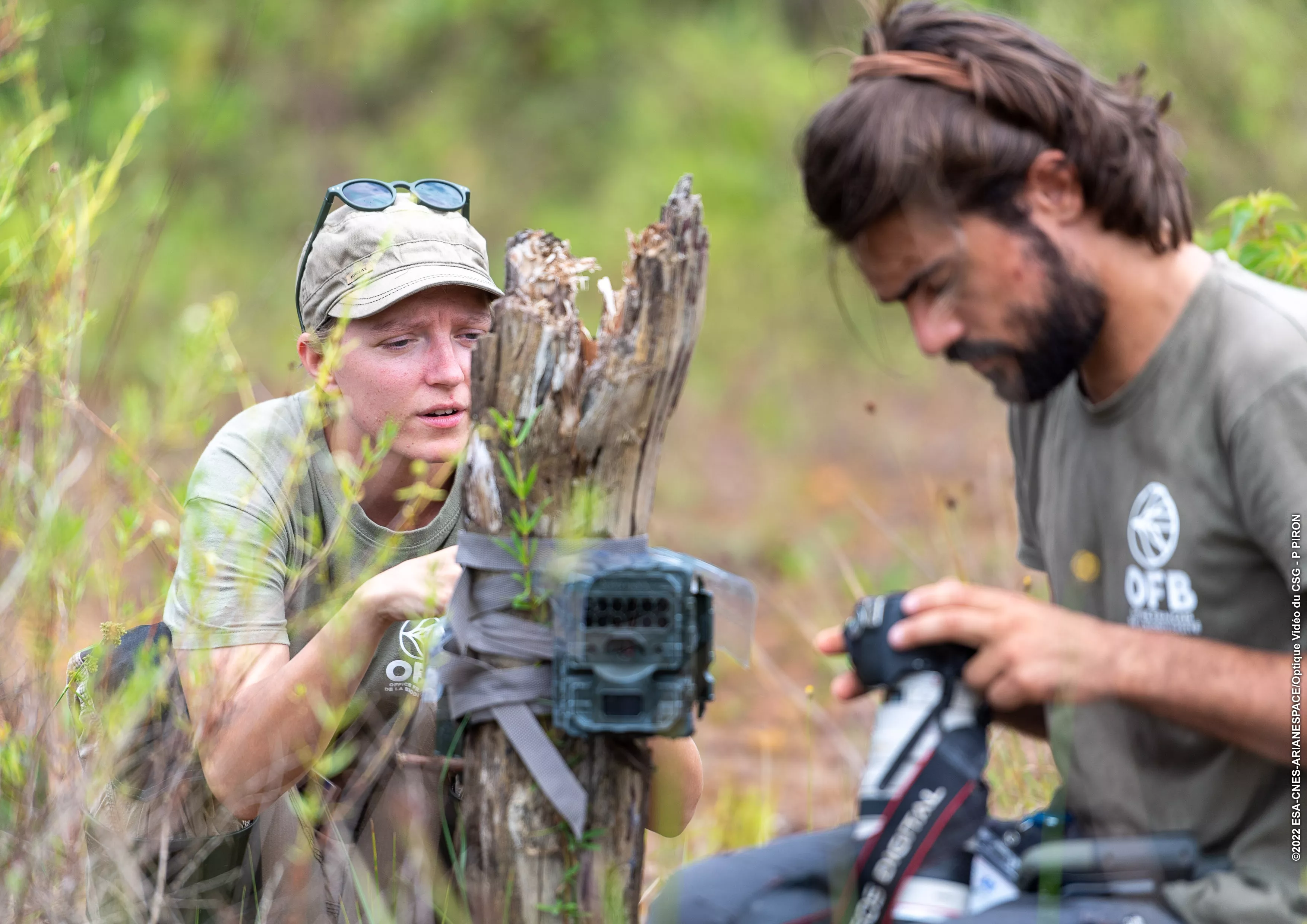
Setting up a camera trap.
Specific studies
“After the KAI, we chose our first areas of research based on the specific characteristics of the species or the needs in the field,” says Cécile Richard-Hansen. “Programmes have been launched for tapirs, jaguars, white-lipped peccaries and red brocket deer."
For each species, the procedure used is the same or almost the same: the individuals are caught and marked, tracked by GPS, satellite or via camera traps.
The jaguar, French Guiana’s iconic animal
This big cat is considered a socially and ecologically significant species in the area. It has therefore been closely monitored since the study agreements were first signed. The size of the area, its easy access via internal tracks and above all its status as a no-hunting zone make Europe’s spaceport a particularly good place to observe jaguars.
Poaching is very limited. The study is being carried out within the perimeter of an animal’s habitat, i.e. 300 km2. Over 70 camera traps have been set up at around thirty stations in the area. Some animals have been marked and even named: Spoutnik, Galilée, Orion and Eve have all been tracked for varying lengths of time.
The number of big cats studied is modest—less than five—but studies on these species, and on jaguars in particular, are essential given their presence in populated areas and frequent conflicts with humans. Deepening our understanding of them is a constant necessity.
Other studies, particularly genetic studies, were then carried out by analysing the collected stools. The research is likely to continue in the projects covered by the next agreement.
An exceptional number of peccaries
The white-lipped peccary is one of the Amazon rainforest’s most distinctive species. It is one of the most-hunted game species. It lives in large troops of up to several hundred individuals and patrols vast swathes of land.
Recently classified as near-threatened, it had virtually disappeared from French Guiana... except around Europe’s spaceport! A major opportunity for Cécile Richard-Hansen, for whom this has now been one of her favourite subjects of study for several years.
“We are now at the maximum level of our capacities, because to look any further would require overly complex technical resources. However, we have made major advances on the subject—even if there is still so much to understand—and our work has been published, which is the core purpose of DRAS.”
Tapirs and red brocket deer under the lens
The tapirs in the area have also been studied, in particular to compare the density of the species with other areas such as the Nouragues nature reserve (a nature reserve in French Guiana with a radically different forest environment).
GPS, satellite and photographic data were analysed according to the different times and issues. After a few years, the monitoring of the tapirs and their way of life was stopped.
On the other hand, the red brocket deer continues to be monitored. Mainly because “the project to transfer the small colony installed on the Ariane 6 launch pad has not been successful,” sums up Stéphanie Barthe. “Their numbers will therefore be monitored closely using camera traps to make sure they don’t become too numerous.”
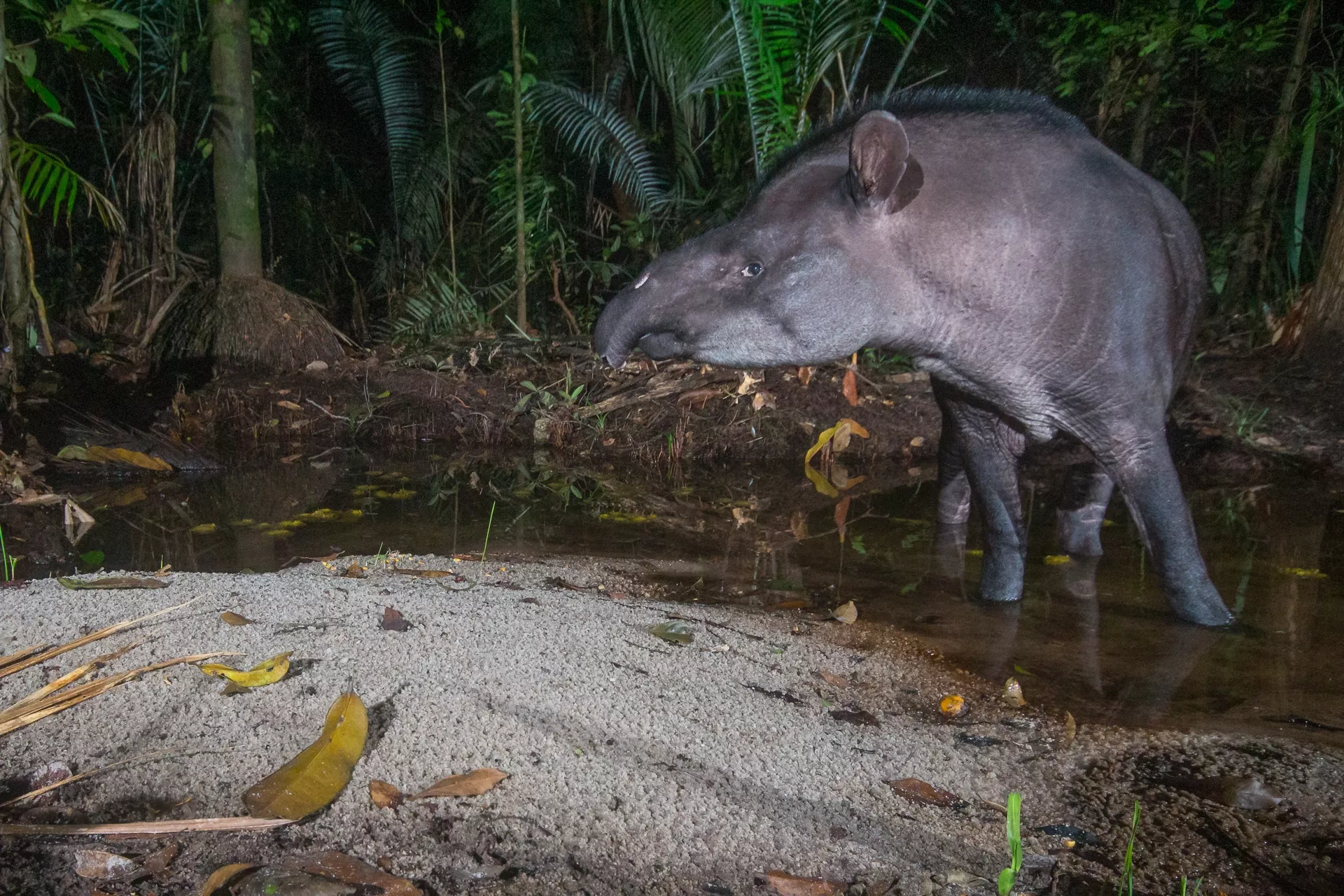
Tapir captured by the automatic cameras of the OFB as part of their biodiversity studies.
Today, curassows... tomorrow, sea turtles?
The last agreement included an extensive curassow monitoring programme. This big black land bird is to French Guiana what the Christmas turkey is to mainland France! Widely hunted, it is protected by a quota of one animal per hunting trip and per hunter.
Present in relatively large numbers in the area of Europe’s spaceport, it can grow in number without the pressure of hunting. Very little research has been carried out on the species, and the work in the area—which began in 2021 and is still ongoing—will provide a better understanding of its habitat range and the landscape features it depends on.
The curassow will undoubtedly also be included in the DOM’s recommendations during discussions to shape the next agreement. “I’d love it if we could work on a new species: the sea turtle,” adds Stéphanie Barthe. “When we flew over Europe’s spaceport in microlights and helicopters, we found many isolated beaches. They could serve as a starting point for egg-laying counts as part of the national action plan for sea turtles.”
On the same section
-
Europe’s spaceport: a biodiversity sanctuary!
04/09/2025Europe’s Spaceport shines in the French Space Agency Fortnite map
27/05/2025Public consultation for mini-launchers
27/02/2025The French Space Agency’s commitments in French Guiana : review and outlook
29/01/2025“Space and Biodiversity” day
13/12/2024Gaining space without losing the Earth
24/05/2023
